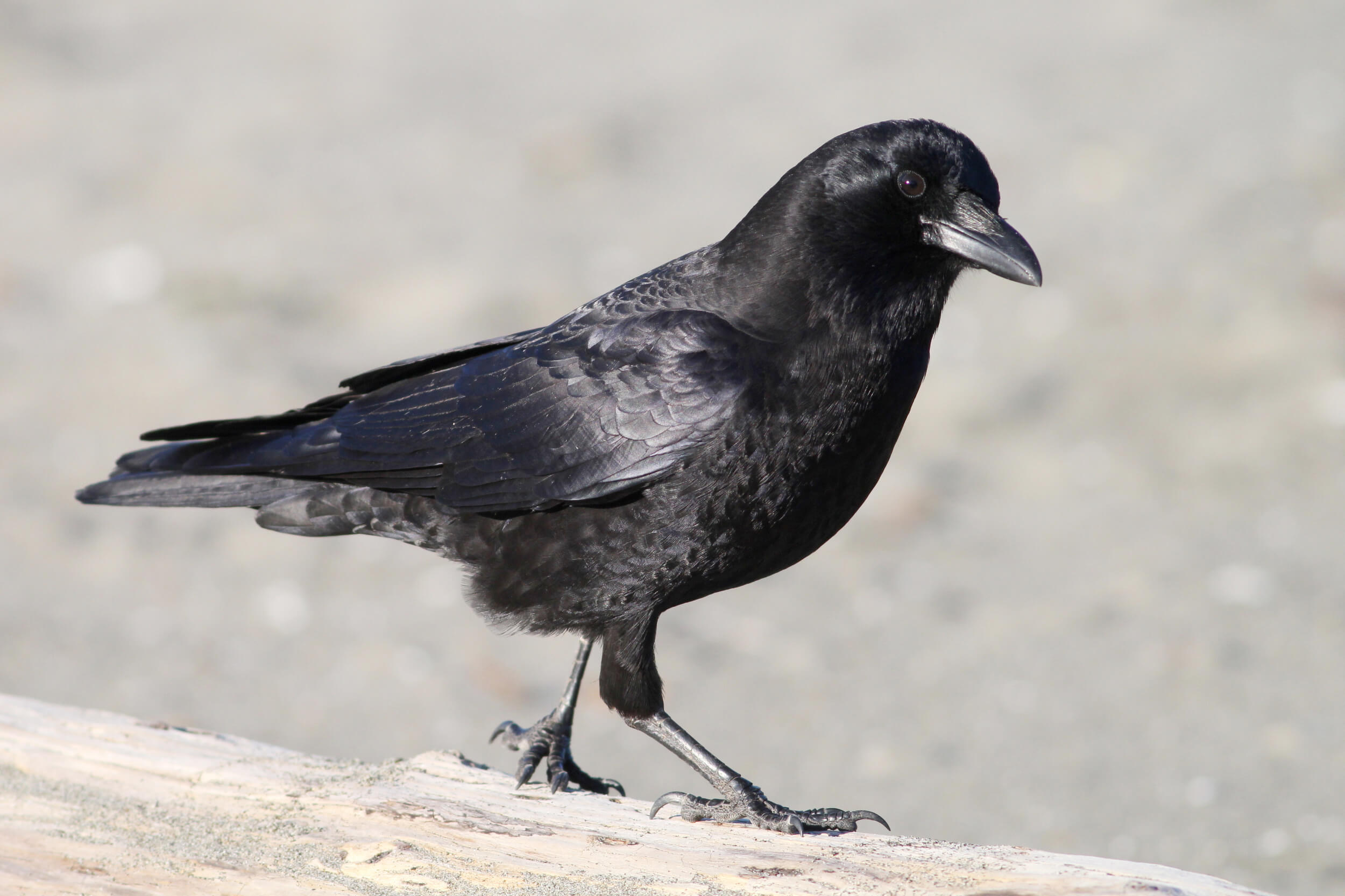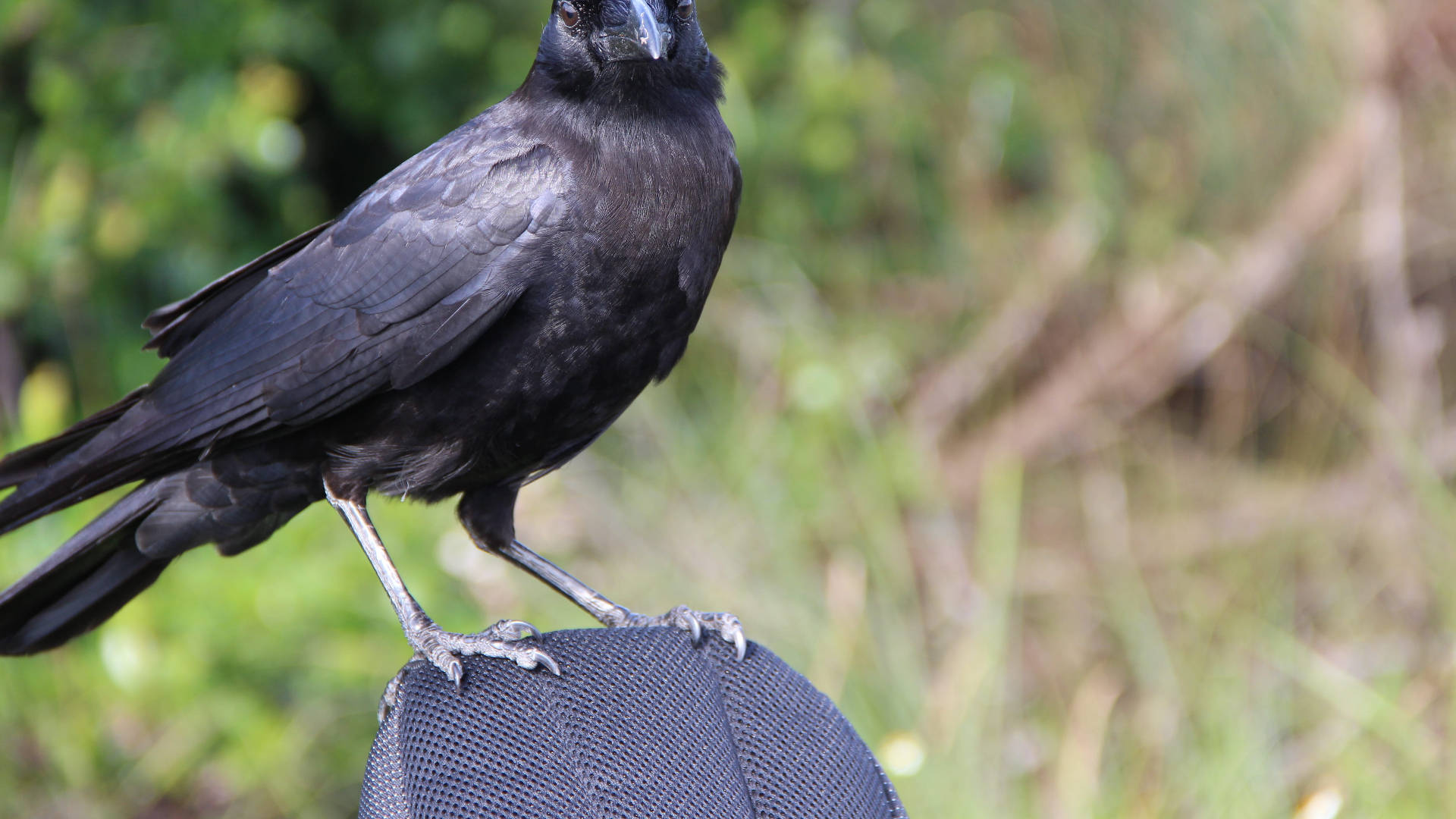
Tracing the Sacred: A Journey Through Crow Nation Ceremonial Pathways
Forget conventional maps. Forget GPS. To truly understand the Crow Nation’s ceremonial pathways isn’t about following lines on a digital screen, but about immersing yourself in a living, breathing landscape where every mountain, river, and valley tells a story. This isn’t just a review of a physical place; it’s an exploration of a profound connection between people and their ancestral lands, a journey into the spiritual geography of the Apsáalooke (Children of the Large-Beaked Bird), the Crow people.
Our destination, then, is not a single point on a map, but the vast, breathtaking expanse of what was once, and in spirit still is, the Crow Nation’s traditional territory, primarily centered in what is now southeastern Montana and northern Wyoming. This is where the ceremonial pathways were forged by generations, etched not just by footfalls but by prayers, visions, and the very fabric of their culture. To experience these pathways is to engage with the land itself as the ultimate guide.
The Land as the Map: A Canvas of Spirit

The traditional lands of the Crow Nation are staggeringly beautiful and diverse, encompassing the rugged peaks of the Absaroka and Big Horn Mountains, the rolling prairies, the deep canyons of the Bighorn River, and the unique ecosystems of the Pryor Mountains. This immense territory, rich in game, medicinal plants, and sacred sites, was the stage for their ceremonies, migrations, and daily life.
The Big Horn Mountains: These majestic mountains, often snow-capped even in summer, are more than just a scenic backdrop; they are a cornerstone of Crow spirituality. Peaks like Cloud Peak and Medicine Wheel Mountain hold immense significance. The Medicine Wheel itself, a large stone circle high on Medicine Mountain, is an ancient sacred site, used by many Plains tribes for ceremonies, vision quests, and astronomical observations. Visiting this site, even from a distance or with a deep understanding of its sanctity (access is often restricted or requires specific permissions), offers a profound sense of the enduring spiritual power embedded in the landscape. The very act of ascending these mountains, feeling the thin air and witnessing the panoramic views, mirrors the ascent of the spirit in ceremonial practices.
The Pryor Mountains: A unique limestone range, the Pryors are home to ancient juniper forests, hidden caves, and a population of wild horses believed by some to be descendants of horses brought by the Crow. These mountains offered shelter, resources, and secluded places for vision quests. The trails here, though perhaps not explicitly "ceremonial pathways" in the sense of a marked route, are interwoven with the history of Crow individuals seeking guidance and spiritual power. Exploring their canyons and plateaus provides a tangible sense of the resilience and resourcefulness of the Apsáalooke people.
The Bighorn River and Canyon: This powerful river, carving its way through stunning red-rock canyons, was a vital artery for the Crow. It provided water, sustenance, and pathways for travel. The canyon walls whisper tales of generations, offering a dramatic backdrop to both daily life and significant events. The confluence of rivers, such as the Yellowstone and Bighorn, were often important gathering places, marking transitions and offering fertile grounds for ceremonies.

Understanding the "Maps": More Than Just Directions
The "ceremonial pathways maps" are not something you unfold. They are an intricate tapestry of oral history, sacred knowledge, and spiritual connection passed down through generations. These "maps" guide individuals and the community through life, marking places of:
- Vision Quests: Secluded mountain peaks, caves, or specific rock formations where individuals sought spiritual guidance through fasting and prayer.
- Sun Dance Grounds: Sacred circles where the most significant annual ceremony, the Sun Dance, was performed to renew the earth and the people. While many grounds are now privately held or on the reservation, understanding their historical locations gives context to the ceremonial landscape.
- Resource Gathering: Routes to specific areas for hunting bison, gathering medicinal plants, or collecting materials for tools and regalia.
- Migration Routes: The seasonal movements of the Crow, following bison herds and seeking optimal climates, ingrained a deep knowledge of the land’s rhythms and resources.
- Historical Events: Sites of battles, significant councils, or important cultural events, each contributing to the collective memory and spiritual significance of the land.

To travel these pathways, then, is to engage with this living knowledge. It’s about recognizing the spiritual resonance of a particular stream, the historical weight of a specific bluff, or the healing power of certain plants found along a route.

The Traveler’s Journey: How to Engage Respectfully
For the modern traveler, accessing and understanding these pathways requires a profound commitment to respect, education, and ethical engagement. This is not a "hop-on, hop-off" tour.
1. Seek Indigenous Guidance: This is paramount. The most authentic and respectful way to experience the Crow Nation’s ceremonial pathways is through guided tours led by Crow Nation members. Organizations like the Crow Tribal Historic Preservation Office or local cultural centers can often provide recommendations for certified Crow guides. These guides possess the deep cultural and historical knowledge that transforms a scenic drive into a truly educational and spiritual journey. They understand the protocols, the stories, and the sacredness of the land in a way no outsider ever could. Without their guidance, you are merely observing scenery; with them, you are connecting with a living heritage.
2. Visit Cultural Centers and Museums:
- Crow Agency, Montana: The tribal headquarters itself offers a glimpse into contemporary Crow life. While there isn’t a dedicated "ceremonial pathways" museum, the general atmosphere and interaction with local businesses can be informative.
- Little Bighorn Battlefield National Monument: While primarily focused on the Battle of the Little Bighorn (Greasy Grass), the monument’s interpretive center and ranger talks often include the Crow perspective, as Crow scouts played a vital role. It’s crucial to seek out Crow interpretations of the battle, as it’s a site of immense historical significance for them, but not necessarily a "ceremonial pathway" in the traditional sense.
- Yellowstone National Park (Peripheral): The Crow traditional territory once extended into what is now Yellowstone. While the park is not about "Crow ceremonial pathways" directly, understanding the Crow’s historical connection to its geysers and wildlife enriches any visit to the region.
3. Respect Sacred Sites and Privacy: Many ceremonial sites are not publicly marked or accessible. Some are on private land, while others are intentionally kept private to preserve their sanctity. Do not trespass. Do not disturb artifacts or natural features. If you are fortunate enough to be taken to a sacred site by a Crow guide, follow all instructions meticulously. Photography may be restricted. Always ask permission before taking photos of people.
4. Attend Public Events (with mindfulness): The annual Crow Fair, held in August at Crow Agency, is a spectacular gathering of tribes from across the nation. It’s a vibrant celebration of culture, featuring parades, rodeo, powwows, and stick games. While not a direct "ceremonial pathway," it offers an incredible opportunity to witness Crow culture, dance, and community in action. Attend with an open heart, a willingness to learn, and a commitment to respectful observation.
5. Leave No Trace: This principle is even more critical on sacred lands. Pack out everything you pack in. Stay on designated trails (if any). Do not remove any natural objects. The land itself is a sacred elder, and should be treated with utmost reverence.
The Transformative Experience: Beyond Tourism
Engaging with the Crow Nation’s ceremonial pathways is more than just a travel experience; it’s a journey of personal transformation. It challenges preconceptions about Native American cultures, moving beyond historical narratives to confront the vibrant, resilient present.
As you stand on a windswept ridge in the Big Horns, or walk along a riverbank in the Pryors, guided by a Crow elder who shares stories passed down through generations, you begin to understand the profound meaning of "place." The land ceases to be mere scenery and becomes a living repository of history, spirit, and identity. You learn that the earth is not just something to be used, but something to be honored, listened to, and learned from.
This journey fosters a deep appreciation for the ingenuity, wisdom, and spiritual depth of the Apsáalooke people. It highlights their ongoing struggle for sovereignty and cultural preservation, and their enduring connection to lands that whisper tales of ancestors, ceremonies, and the unbreakable spirit of a nation.
Challenges and Considerations
- Accessibility: Some areas are remote and require suitable vehicles. Road conditions can vary.
- Seasonal Variations: Weather can be extreme. Summers are hot, winters are harsh. Plan accordingly.
- Cultural Sensitivity: This is not a passive tourist attraction. Be prepared to listen more than you speak, to learn more than you teach, and to adapt to local customs and rhythms.
- Limited Infrastructure: Outside of Billings, major towns are few. Accommodations and services might be limited. Plan your logistics carefully.
Conclusion: A Journey of the Soul
The Crow Nation ceremonial pathways maps are not found in an atlas; they are etched into the very soul of the land and its people. To "review" this location is to review an experience of profound cultural immersion and spiritual awakening. It is a call to travel not just with your feet, but with your heart and mind open, ready to receive the ancient wisdom that permeates this sacred territory.
For the intrepid and respectful traveler, this journey offers an unparalleled opportunity to connect with a living Indigenous culture, to walk in the footsteps of ancestors, and to gain a deeper understanding of the intricate, sacred relationship between humanity and the natural world. It is a pilgrimage, not just to a place, but to the enduring spirit of the Apsáalooke. Go with respect, go with an open heart, and prepare for an experience that will redefine your understanding of travel, history, and the sacred.
